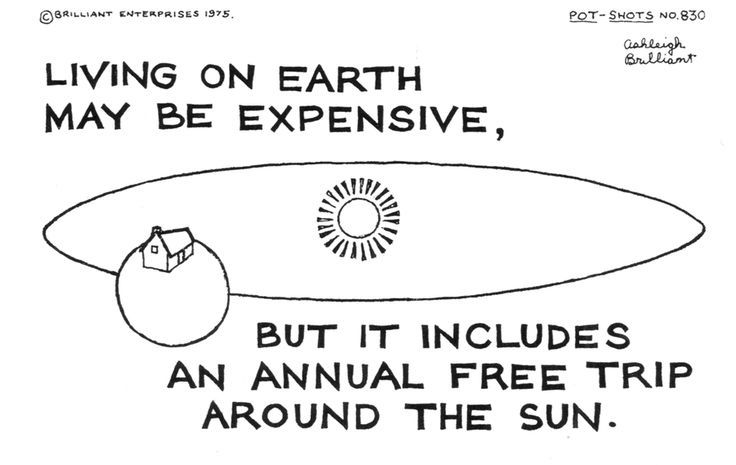Sun and Suspension

So much depends on that big bright ball in the sky. And, in the cosmic scheme of things, our sun in turn depends on many other things. Truly, in the long run, everything depends on everything else. But where does that leave us? – Back where we started, with a burning ball up there, out there, over there – the Universe is full of “theres” – which reminds me of a complaint attributed to Gertrude Stein referring to Oakland, California, that “there’s no THERE there.” Which inevitably brings to my mind the fact that, for me personally, for several months of my life, there was, in that City, definitely a there there, in the shape of an institution known as the Oakland Museum.
After obtaining a PhD degree in History at the University of California and having had several unconventional teaching experiences, my big hope was to enter the hallowed halls of Academia with at least an assistant Professorship in the History Department of some prestigious American four-year college. In my increasingly desperate job hunt, I went so far as to cross the continent, to attend the annual convention of the American Historical Society in Washington D.C., which functioned as a principal marketplace for those offering and seeking employment in that field.
But 1970 was not a good year for people in my situation. After much effort, the only even marginally acceptable position I was able to secure was as an “Associate Curator of History” at a relatively new and little-known museum deep in the heart of Oakland – then simply called the Oakland Museum. Since I was living across the Bay in San Francisco, this job required me – for the first and only time in my life – to become a commuter-by-car; driving over and back every day on the Oakland Bay Bridge (a longer but less spectacular span than its more famous sister which crosses the Golden Gate).
In a way, this job looked interesting and promising. After all, for my PhD, I had specialized in California History, which was also supposed to be the specialty of my part of the Museum. (The other part was devoted to California Art and Artists.)
I would also have as my fellow curators some highly qualified people. The head of our whole part of the Museum also seemed to be a very competent man named Thomas Frye.
Unfortunately, it was Mr. Frye who turned out to be the weak link in this curatorial chain. He demonstrated no administrative skills and often left my colleagues and me wondering what we were supposed to be doing. Although we had occasional staff meetings, Mr. Frye was sometimes absent for weeks at a time, leaving no one in charge. But my colleagues were anxious to hold on to their jobs, and it was I who was our boss’s only outspoken critic.
My one pseudo-accomplishment at that Museum was to write a letter, on official museum letterhead, to the Warden of San Quentin Prison asking that – if and when capital punishment was abolished in California (which at that time appeared quite likely) – he consider donating the Prison’s Gas Chamber to the Oakland Museum. Needless to say, nobody jumped with enthusiasm to favor my request, and although that relic has not been used for an execution since 1992, it remains at San Quentin.
But my own position at the Museum was, unfortunately, more shaky, and eventually – not very much to my regret – Mr. Frye fired me. Frye himself was considered so unsatisfactory by the Museum’s governing Board he was, in turn, fired. This was the second time in my questionably colorful career, that, not long after dismissing me from a position, the person who fired me was himself fired. (The first was in Bend, Oregon, where, after I lost my teaching job there, the entire faculty of the local Community College turned against its President and forced him to resign.)
All this has taken us a long way from the sunshine which, in the form of productively utilized Solar Energy, has lately become (like other virtually untapped sources of power, such as wind, tidal currents, and the Earth’s own interior heat) even more important to our species than it ever was to previous generations. But this momentous development, like any other major technical and social change, has not been without its critics. It seems there will always be people who are less aware of the sunshine than they are of the shadows.







